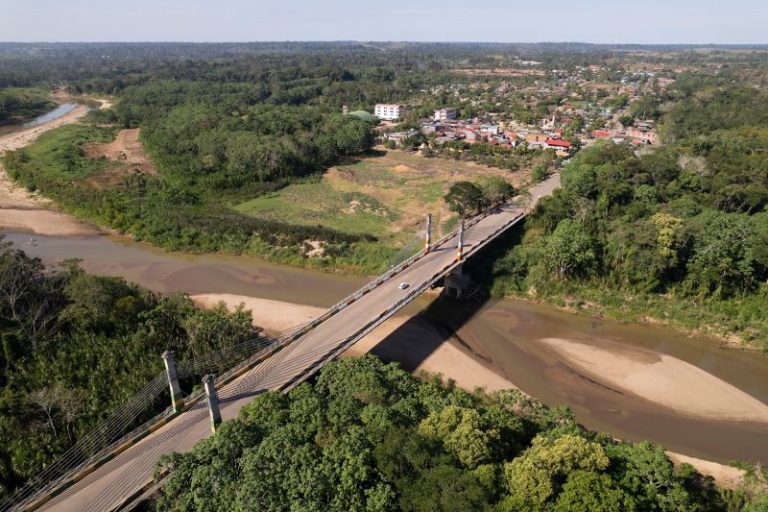Brazil will begin imposing restrictions on the entry of some foreign citizens from Asia who are seeking refuge in the South American nation as a means to migrate to the United States and Canada, the justice ministry’s press office said Wednesday.
The move, which will start on Monday, will affect Asian migrants who require visas to remain in Brazil.
A Federal Police investigation has shown these migrants often buy flights with layovers in Sao Paulo’s international airport, en route to other destinations, but stay in Brazil as a place from where they then begin their journey north, according to official documents provided to The Associated Press.
More than 70% of requests for refuge at the airport come from people with either Indian, Nepalese or Vietnamese nationalities, one of the documents says.
Starting next week, travelers without visas will either have to continue their journey by plane or return to their country of origin, the ministry said.
A report signed by federal police investigator Marinho da Silva Rezende Júnior informs the justice ministry that since the beginning of last year there has been “great turmoil” due to the influx of migrants at the airport in Guarulhos, the second most populous city in the state of Sao Paulo.
“Evidence suggests that those migrants, in their majority, are making use of the known — and extremely dangerous — route that goes from Sao Paulo to the western state of Acre, so they can access Peru and go toward Central America and then, finally, reach the US from its southern border,” one of the documents says.
An AP investigation in July found migrants passing through the Amazon, including some from Vietnam and India. Many returned to Acre, on the border with Peru, as US border policies triggered a wait-and-see attitude among them.
Brazil’s justice ministry said that the new guidelines will not apply to 484 migrants currently staying at Sao Paulo’s international airport.
Earlier on Wednesday, Brazil’s federal prosecutors’ office said in a statement that Sao Paulo’s international airport “is once again counting a high number of foreigners who arrive on flights of the airline LATAM and do not exit quickly due to the overload on the Brazilian migration system.”
The prosecutors’ office added that it will put pressure on airlines to give migrants some basic supplies as they wait for their concession of refuge. The term refers to an application for refugee status, regardless of the reason.
LATAM did not immediately respond a request for comment from the AP.
“It is important that we quickly decide on these refuge requests so that the growing arrival of foreigners does not impact the operation of the airport itself,” federal prosecutor Guilherme Rocha Göpfert said after a meeting at Sao Paulo’s international airport on Wednesday.
One of the documents says Brazil’s federal police received 9,082 requests for refuge this year through July 15. That is more than double the amount for the whole 2023, and the most in over a decade, according to the figures.
Brazil has historically welcomed refugees, particularly Afghans in recent years, regardless of ideological leanings of the Latin American country’s leaders.
But reports of migrants seeking refugee status as a means to use Brazil as a waystation has caused frustration in the government, particularly at a time when the system is burdened by many people from Haiti, Syria, Afghanistan and Ukraine seeking humanitarian visas.
Brazil granted 11,248 humanitarian visas to Afghans alone between between Sept. 2021 and April 2024, government figures show.
Brazil’s President Luiz Inácio Lula da Silva decided in January 2023, in the early days of his administration, to bring his country back to the Global Compact for Safe, Orderly and Regular Migration, an intergovernmental agreement.
His administration has kept humanitarian visas, but guidelines for the concession of those has become more restrictive under his administration.

